
SCALING FOR REAL RETURNS:
WHAT’S NEXT FOR AI IN 2025
Moving beyond experimentation, enterprises in Asia Pacific must now turn their attention to how AI can evolve from being a cost-cutting tool to a driver of revenue growth, according to the APAC AI Outlook 2025 report commissioned by IBM.
New Zealand’s South Waikato District Council is demonstrating how a human-centred approach to artificial intelligence (AI) can transform public services. Through the implementation of a virtual assistant, the council has significantly enhanced information accessibility, offering citizens quick and accurate responses to user queries.
Achieving an impressive 91.5 per cent accuracy across test questions, the solution leverages natural language processing, advanced data filtering and transparent access to document sources. By breaking down information silos, it delivers streamlined, conversational access to essential information. This initiative not only empowers citizens but also underscores the role of AI in enhancing public service delivery.
This example reflects a broader trend across Asia Pacific, where organisational attitudes towards AI are evolving. According to the APAC AI Outlook 2025 report commissioned by IBM, enterprises in the region are moving beyond enthusiastic experimentation toward a more strategic approach, focusing on both the opportunities and challenges presented by AI.
The report outlines key AI trends in the region, identifies barriers to unlocking its transformative potential and offers a blueprint for accelerating AI adoption while mitigating risks. It also incorporates insights and actionable strategies from 17 organisations across Asia Pacific.
Although businesses increasingly view AI as a critical enabler of long-term growth, most current investments remain focused on low-risk, cost-cutting applications within support functions, noted Mr Charles Kiang, general manager of IBM Technology (Asia Pacific). “In 2025, true differentiation will hinge on organisations redirecting their AI investments toward product development and innovation that drive new revenue streams,” he said.

NAVIGATE THE ROAD TO AI WITH CONFIDENCE
The APAC AI Outlook 2025 report revealed that nearly 60 per cent of surveyed organisations expect to realise the benefits of their AI investments within two to five years. However, only 11 per cent anticipate achieving a return on investment (ROI) within the next two years.
Mr Kiang attributed these extended ROI timelines to foundational challenges such as system integration, as well as the substantial upfront investments required in technology, talent and infrastructure.
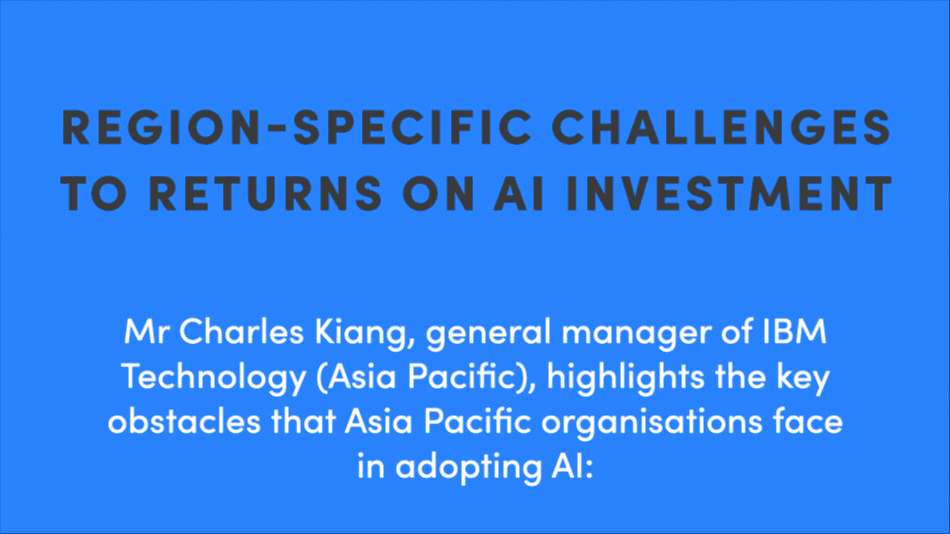
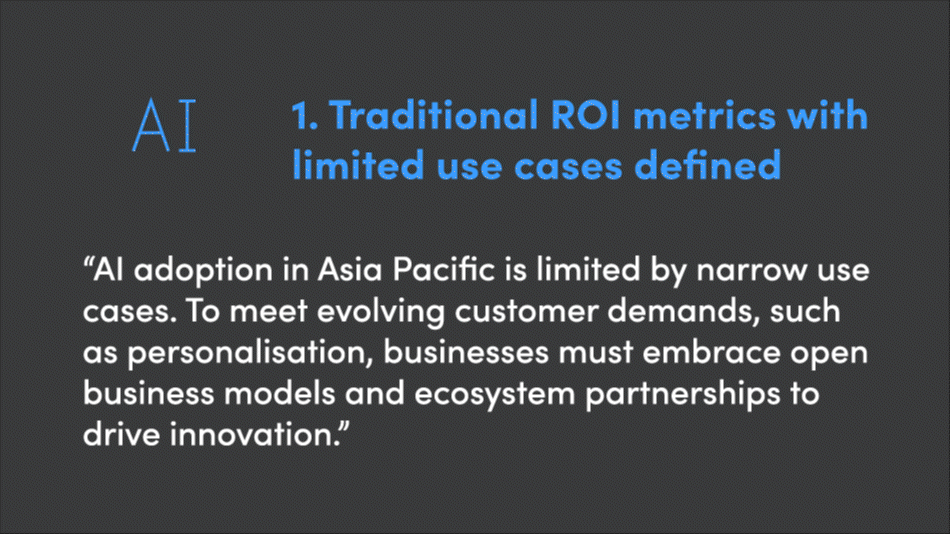
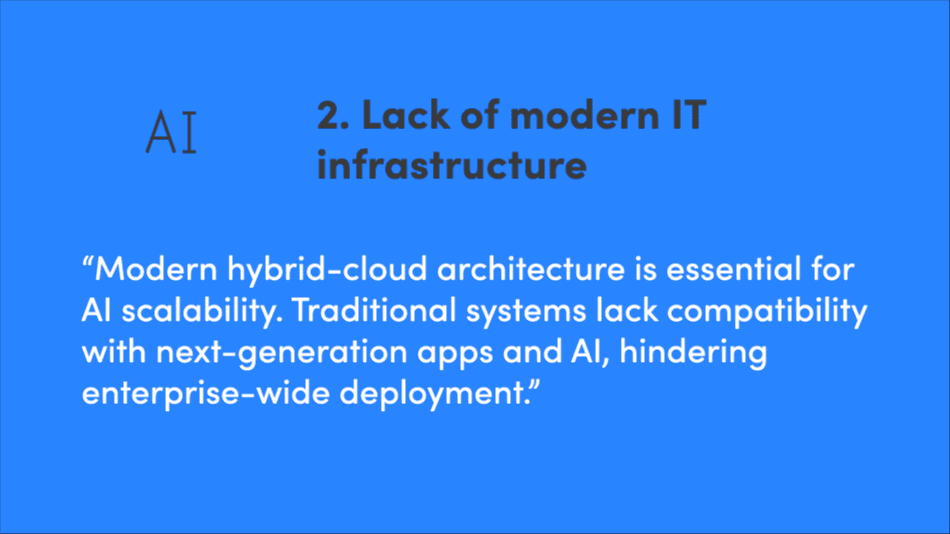
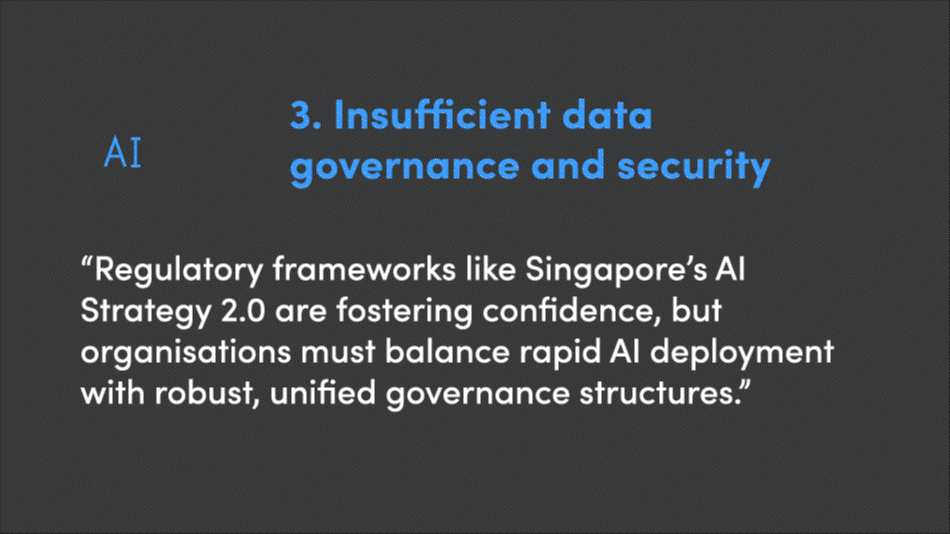




He observed that over the past year, organisations have grappled with challenges stemming from data complexity to fragmented systems distributed across multiple locations. “General-purpose large language models (LLMs) offer broad capabilities, but often fall short in meeting specific enterprise needs due to limited customisation options and a lack of transparency in training data,” he added.
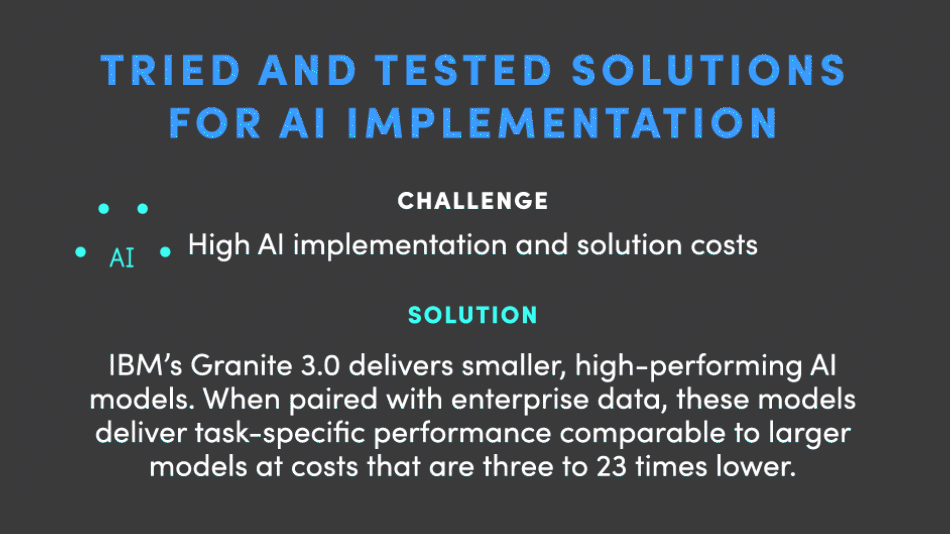
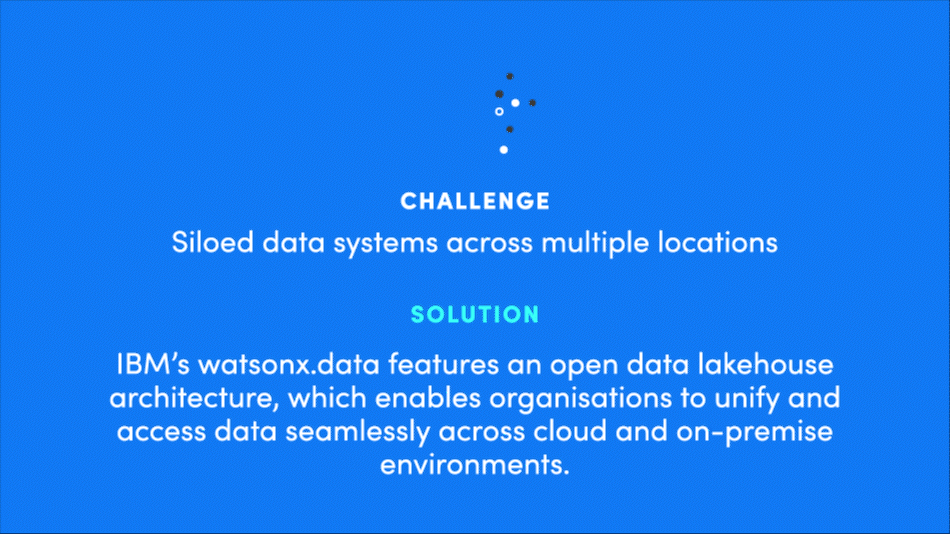
Mr Kiang highlighted that specialised industries such as telecommunications, banking and manufacturing stand to benefit more from smaller language models (SLMs) compared to general LLMs. Designed for domain-specific tasks, SLMs leverage relevant data and operate with fewer parameters, enabling on-premises deployment on single graphics processing units (GPUs). This approach reduces costs and emissions without sacrificing performance.
“For example, telcos can optimise 5G networks and identify bottlenecks more effectively by using domain-specific models instead of relying on broader public LLMs,” he suggested.
OUTSIZED PERFORMANCE WITH FEWER PARAMETERS
In Thailand, Kasikorn Technology Group’s open-source model THaLLe demonstrates how specialised, regional AI models can achieve high-performing, accurate and reliable financial analysis tailored to Thai language needs.
THaLLE has achieved industry-standard compliance, earning Cloud Security Alliance Level 2 certification. As an open-source model, it contributes to the growth of the AI community while shaping next-generation governance frameworks.
This focus on efficiency and specialisation is mirrored in IBM’s Granite models, which outperform similar-sized open-source alternatives while operating with just 8 billion parameters.
TRENDS SHAPING THE FUTURE OF AI IN APAC
Alongside the adoption of SLMs, the APAC AI Outlook 2025 report identified additional AI trends shaping Asia-Pacific organisations.
One key trend is agentic AI, where AI agents collaborate with human workers through integrated workflows to deliver value. Achieving this enhanced productivity requires robust knowledge bases and an enterprise integration platform, as well as strong data security and governance to ensure proper access control.
“This agentic approach excels in high-variability or complex environments, such as consumer-facing assistants or automated software engineering,” explained Mr Kiang. He pointed to IBM Consulting Advantage as an example of agentic AI’s potential, where 160,000 human consultants are equipped with AI agents and platforms to perform at the scale of 1.6 million AI-powered digital workers, unlocking new opportunities.

Another trend is the growing adoption of open-source AI models. The report projects a 63 per cent increase in the use of such models in the next three years, driven by their potential to reduce development costs and lower carbon emissions.
To seamlessly integrate open-source models and automate workflow orchestration within a unified ecosystem, Mr Kiang recommends a hybrid-by-design approach. This strategy enables AI systems to operate in the most suitable public or private cloud environments while addressing compliance and security risks. “IT executives adopting hybrid-by-design strategies report a digital transformation ROI three times higher than those who did not,” he said.
As an example, Mr Kiang highlighted Thailand’s Siriraj Piyamaharajkarun Hospital, which successfully unified its lab systems, imaging and AI analysis to enhance cancer diagnosis efficiency. This streamlined approach allows doctors to focus on more complex cases, improving patient outcomes.
Over the past year, 71 per cent of generative AI (GenAI) investments have been directed toward cost-cutting initiatives in support functions like human resources and IT. However, this focus is expected to shift in 2025, with greater emphasis on AI-driven revenue generation.
Mr Kiang urged leaders to strategically realign AI investments to prioritise growth-oriented business objectives, rather than concentrating solely on expense reduction. He emphasised that adopting a human-centric approach to AI – where organisational structures balance AI autonomy with human oversight – is what ultimately sets a company’s customer experience apart from its competitors.
IBM’s AI engineering team is working closely with clients to develop efficient AI solutions rooted in responsible practices, transparency and human-centric design. Complementing this effort, IBM Consulting Advantage provides an AI services platform that empowers consultants with proprietary data, tailored prompts and industry knowledge to deliver consistent, efficient solutions for clients.
“This human-AI partnership marks a new chapter in human potential,” said Mr Kiang. “AI’s long-term success is contingent on recognising the critical role of people in its design, implementation and use.”












